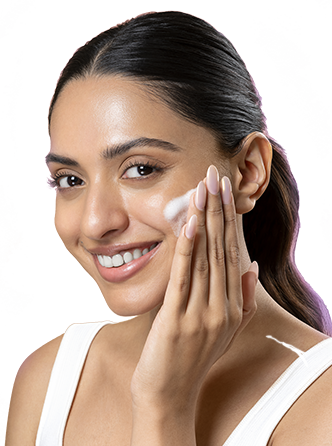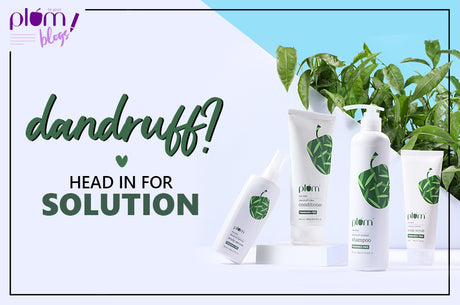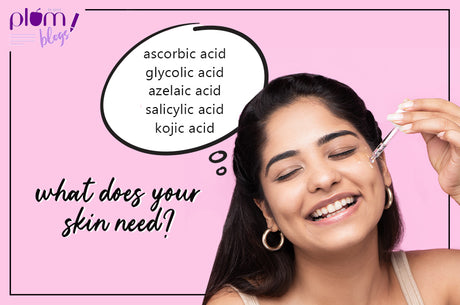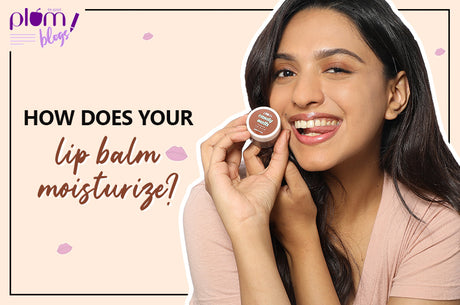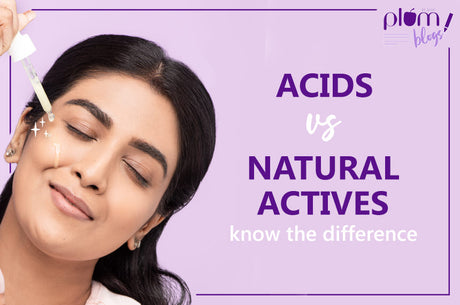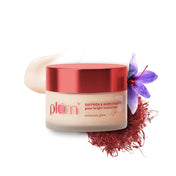Sodium laureth sulfate (SLES) and sodium lauryl sulfate (SLS) are two common surfactants. While they are similar in function, there are some key differences between the two that can affect their effectiveness.
Where are they used?
SLS & SLES, usually separately, are widely used in shampoos, toothpastes, shower gels, face washes and many other personal care products. They are both workhorses of the cosmetics industry. The INCI names of the two are very close, so see below carefully to see which one is in your product. If you missed our 1-minute tutorial on reading ingredient lists, you could read it here
SLS = Sodium Lauryl Sulphate
SLES = Sodium Laureth Sulphate
SLES is a milder form of SLS that is often used in shampoos for its ability to create a rich lather without causing as much skin and eye irritation as SLS. It is derived from lauryl alcohol that has been ethoxylated, which has a larger molecule size, making it less likely to penetrate the skin and cause irritation. SLES is often used in shampoos for its ability to clean hair without stripping it of its natural oils.
SLS, on the other hand, is a more potent surfactant that is highly effective at removing dirt and oils. However, it is derived from lauryl alcohol that can be irritating to some individuals with sensitive skin or individuals prone to allergies. SLS is often used in shampoos to provide a thorough lather & deeply cleanse.
SLES, on the other hand, is a gentler surfactant that is less likely to cause skin and eye irritation.
Another important difference between SLES and SLS in shampoo is their environmental impact. Both compounds are derived from non-renewable resources and are not biodegradable. However, SLES is considered to be less harmful to the environment than SLS. This is because SLES is biodegradable in the presence of sunlight and oxygen, while SLS can persist in the environment for long periods of time.
In conclusion, both SLES and SLS are commonly used surfactants in shampoos for their ability to create lather and cleanse the hair and scalp. SLES shares similar cleansing, foaming, and emulsifying properties as SLS. However, it is much gentler on your skin and scalp. Your hair will feel clean, nourished, and soft after using it.


